Top speed 541 km/h Length 9.96 m | Wingspan 7.82 m First flight July 7, 1962 | |
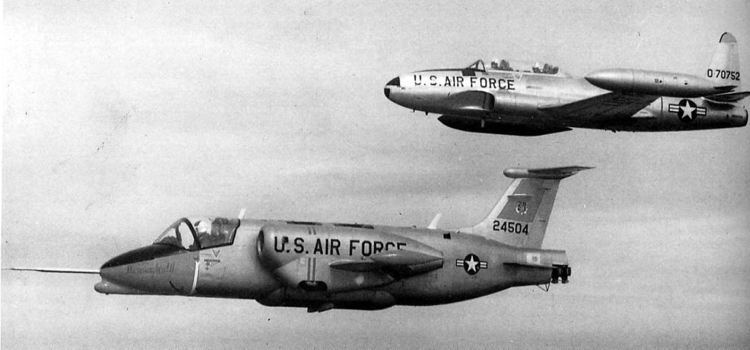 | ||
Lockheed xv 4 hummingbird
The Lockheed XV-4 Hummingbird (originally designated VZ-10) was a U.S. Army project to demonstrate the feasibility of using VTOL for a surveillance aircraft carrying target-acquisition and sensory equipment. It was designed and built by the Lockheed Corporation in the 1960s, one of many attempts to produce a V/STOL vertical take off/landing jet. Both prototype aircraft were destroyed in accidents.
Contents

Design and development

Vertical take-off lift was obtained by exhausting the engine flow downward through multiple nozzles. The nozzle thrust was augmented by a secondary flow of cold air. Unfortunately, performance was far below the estimates only 1.04 thrust-to-weight in practice and the prototype crashed on 10 June 1964, killing the pilot. The second aircraft was converted to lift jets instead, also crashing after several tests.
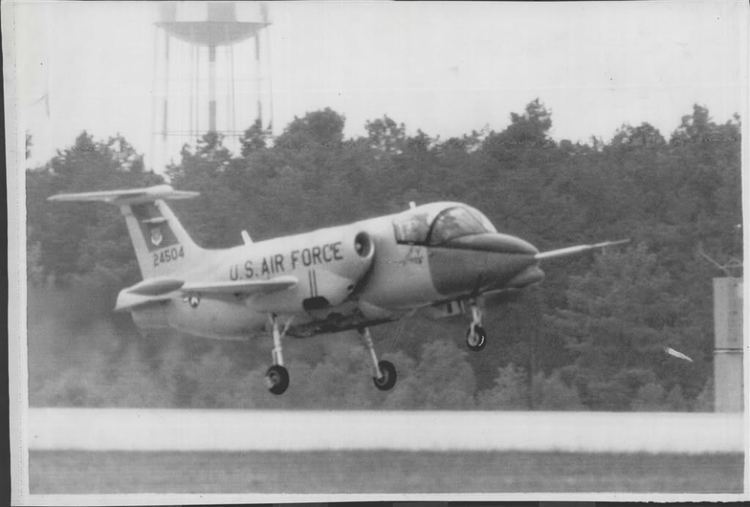
Rockwell's XFV-12 would be even less successful at producing lift by using engine exhaust to entrain cold air, in this case through flaps on the wings. The Lockheed F-35 Joint Strike Fighter would later employ a shaft-driven lift fan located in the fuselage.
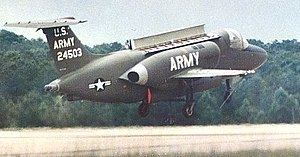
None of the early American V/STOL designs would result in a production aircraft. The British Hawker Siddeley Harrier used vectoring nozzles, while the Russian Yakovlev Yak-38 Forger attack jet used lift jets in conjunction with rotating rear nozzles.
Testing
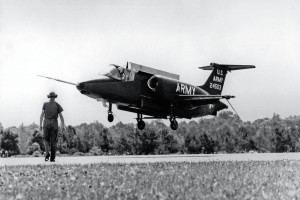
The first conventional takeoff flight of the first prototype, XV-4A (62–4503), took place on 7 July 1962. Initial tethered flight tests were carried out on 30 November 1962 with the first free hovering flight occurring on 24 May 1963. The first flight to transition from hovering to forward flight took place on 8 November 1963. 62–4503 was destroyed in a fatal crash in Cobb County on 10 June 1964.
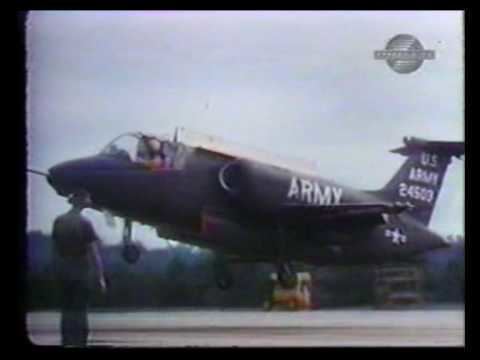
Lockheed modified the second prototype aircraft between 1966 and 1968 to XV-4B standard. The two Pratt & Whitney JT12 engines were replaced with six General Electric J85 turbojets four of these units acting as lift jets. This aircraft crashed in Georgia on 14 March 1969, the pilot, Harlan J. Quamme, escaping uninjured by use of the ejection seat.
Variants
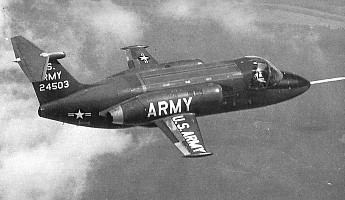
On June 4, 1968, the second prototype of the XV-4B Hummingbird rolled out. Just like the XV-4A, the XV-4B used vertical takeoff and landing systems (VTOL) as well as conventional flight methods. Upon takeoff the aircraft weighed 5706 kg. The wingspan was 7.8m, and it had a top speed of 883 km/hr with a cruising speed of 630 km/hr (.68 mach). It had a range of 965 km and was able to climb at a rate of 3660m/minute. The XV-4B was 10.36m long. The heaviest part of the plane was the propulsion system, which weighed in at 1466 kg. The initial service life of the aircraft was intended to be 500 hours, but the aircraft was destroyed in 1969 during testing, long before the designated goal. The fuel tanks were located internally, with boost pumps and jet ejectors, along with the associated valves. The tanks were located in the front of the fuselage and could hold a total of 740 gallons of aviation turbine fuel. Because of the forward position of the tanks, fuel had to be consumed evenly. An unbalance in the fuel tanks of over 100 gallons ran the risk of destabilizing the aircraft.

The XV-4B was significantly different than the XV-4A in most internal design. The differences were found in the wings, fuselage, landing gear, power plant installations, hydraulics and controls. XV-4B contained two reaction control valves as a failsafe for the engine. One major change was the addition of 4 turbo jet engines faced vertically on the fuselage. This provided massive amounts of vertical thrust for VTOL flight. The addition of a stability augmentation system (SAS), along with hydro-mechanical clutches and feel springs, gave the pilot a good feel on the controls and more ability to control the SAS. The rudder included a new centering spring above the feel spring to reduce friction on the rudder. The Primary Flight Control System (PFCS) was a hybrid fly-by-wire system along with conventional flight controls as a back up. The difference between fly-by-wire and conventional flight systems is simply electronics. Fly-by-wire is electronic, conventional is not. No fuel was carried in the wings, even though the wings had the basic box-beam structure. It had 2° of freedom in the pitch and sideslip, whereas the rolls only had 1° of freedom.
Each engine contained a diverter valve. These valves either ducted longitudinally into the horizontal thrust nozzles of the aircraft, or inward to the lift nozzles located in the fuselage. The lift/cruise engines provided forward thrust when faced horizontally and lift when faced vertically. This was through the use of the diverter valves. All 6 tail pipes had 10° of freedom in order to direct thrust. The fuselage engines were used when initiating VTOL flight but were turned off when the aircraft was sufficiently in flight.
The XV-4B was faced with its fair share of electronic challenges, largely due to improper wiring. Otherwise the power system performed quite well. The reduced number of electrical system components meant they were more reliable. One electronic stage was located at the end of the wiring sequence with the other at the opposite end in the electrohydraulic power actuators. Electrohydraulics simply replaced the hydraulically operated systems in the aircraft with purely electrical systems that do the same job. This reduced weight along with adding simplicity and reliability. It was driven by a set of two 300amp generators powered by the engines. These fed nine volt DC power into the main bussing and power distribution system.
Specifications (XV-4A)
Data from Lockheed Aircraft since 1913
General characteristics
Performance
